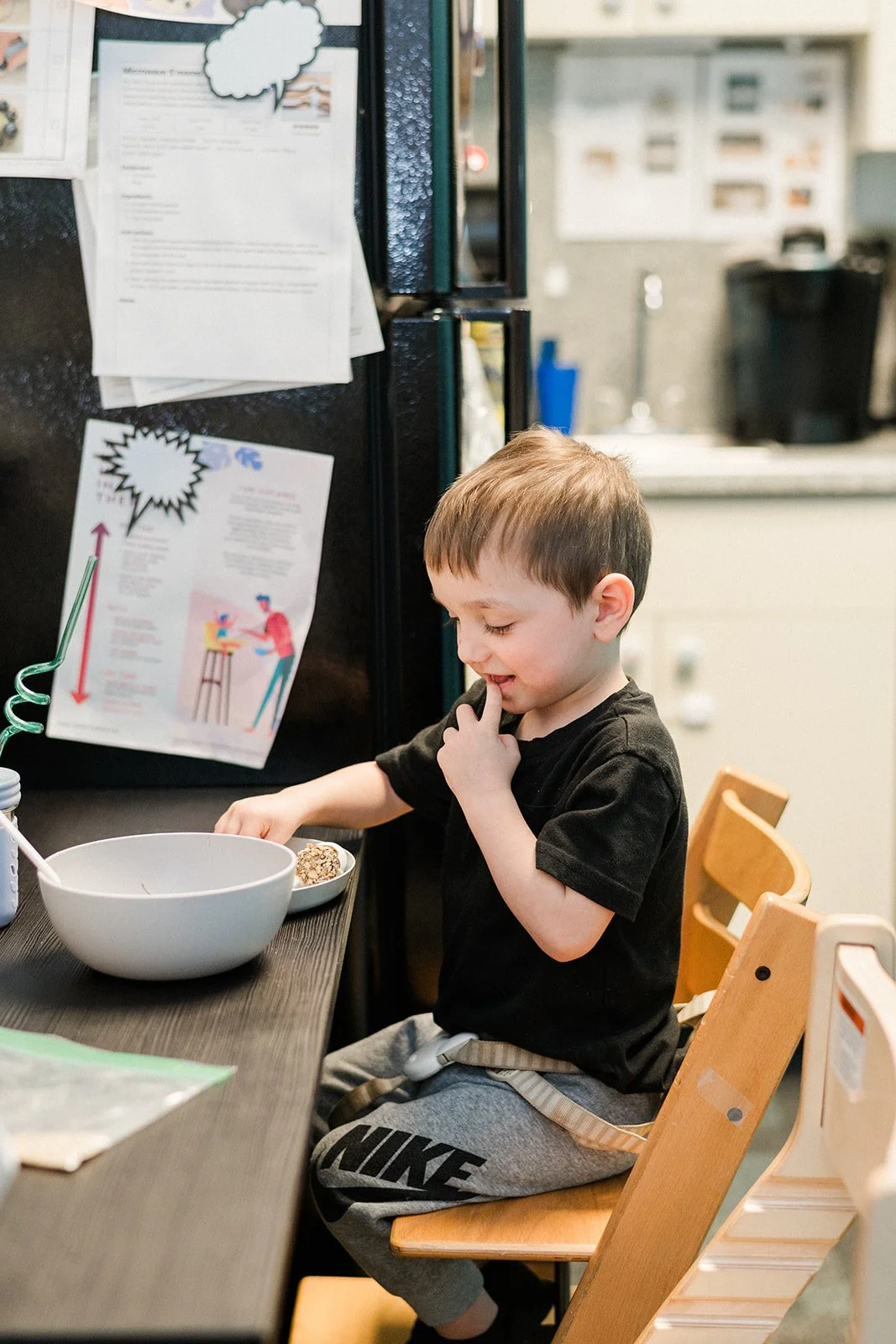
Reading Intervention
Building Strong Readers, One Step at a Time
At Small Talk, we understand that every child’s reading journey is unique. That’s why our Reading Intervention Program is designed to help children develop strong reading skills with individualized instruction delivered by a certified reading specialist trained in the Orton-Gillingham approach through IMSE (Institute for Multi-Sensory Education). Our approach is effective for children who struggle with reading and provides the tools needed for success.
What is the Orton-Gillingham Approach?
The Orton-Gillingham (OG) approach is a well-known, evidence-based method for teaching children with reading difficulties. It is a structured, multisensory approach that focuses on explicitly teaching the connections between letters and sounds. This method helps students understand the mechanics of reading and spelling in an organized, step-by-step way.
How Does Orton-Gillingham Work?
Orton-Gillingham breaks down the skills needed to read and spell into smaller, manageable tasks. Through this method, children learn at their own pace and in a way that suits their individual needs. The key to OG instruction is multisensory learning, meaning children engage with reading through:
The key to OG instruction is multisensory learning, meaning children engage with reading through:
Sight (seeing letters, words, and pictures)
Hearing (listening to sounds, words, and instructions)
Touch (feeling letters or using hands-on materials)
Movement (writing, tracing, or using gestures to reinforce learning)
These multiple pathways to learning strengthen the brain’s ability to process and recall information.
5 Key Components of Orton-Gillingham
The Orton-Gillingham approach is based on five essential components that support the development of strong reading skills:
Phonological Awareness Helps children understand and manipulate sounds in spoken language, a foundational skill for reading.
Phonics/Decoding focuses on teaching the relationship between letters and their corresponding sounds, helping children break down words to read them correctly.
Fluency Improves reading speed and accuracy, allowing children to read smoothly with better comprehension.
Vocabulary Expands word knowledge, helping children understand and use new words in context.
Comprehension Teaches strategies for understanding and interpreting what is read, fostering deeper understanding and retention of text.
Phonemic awareness
Focuses on the development of large muscle groups used in movements like walking, running, jumping, and balancing.Handwriting
Helps improve legibility and fine motor control for writing tasks, including letter formation, spacing, and proper grip on writing tools.Social Skills
Guides children in developing appropriate social interactions, including turn-taking, understanding body language, making eye contact, and responding to social cues.Auditory Processing
Addresses how the brain processes and interprets sounds, helping children better understand spoken language and respond appropriately.Fluency & Stuttering
Supports children who experience disruptions in speech flow, such as stuttering, by teaching strategies to improve speech fluency and confidence.Attention & Memory
Helps enhance focus, concentration, and memory skills, improving your child’s ability to follow directions, complete tasks, and retain information.Cognitive Skill Development
Focuses on enhancing mental processes such as problem-solving, reasoning, and understanding concepts, promoting overall cognitive development.



